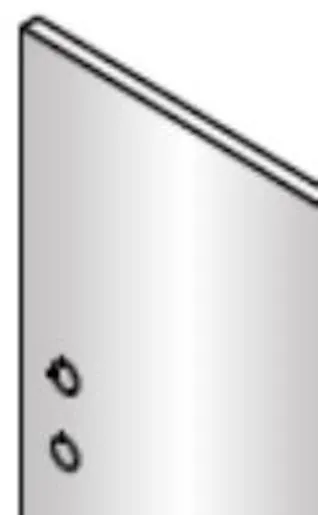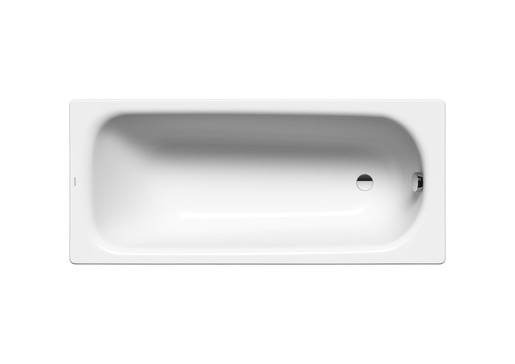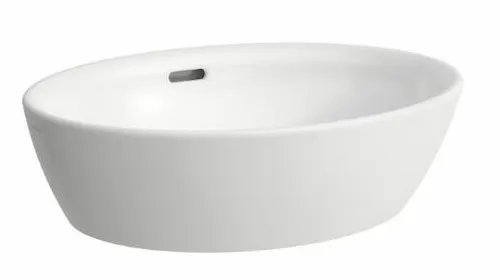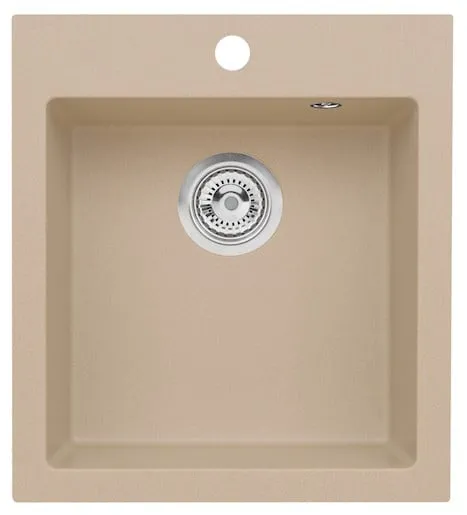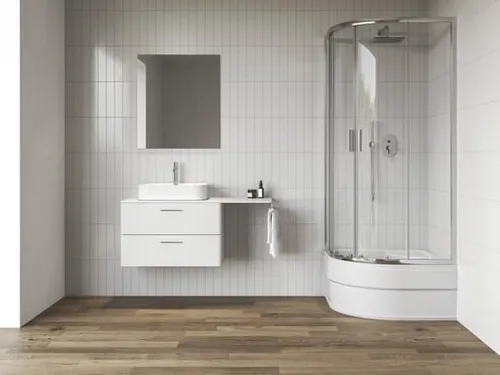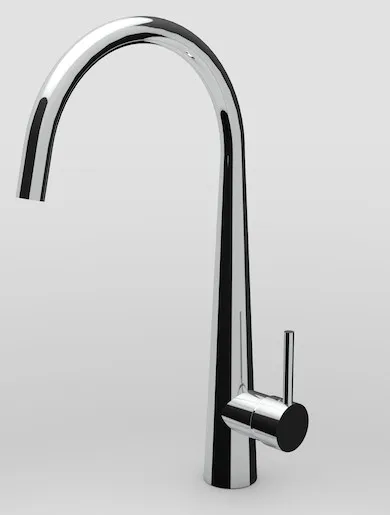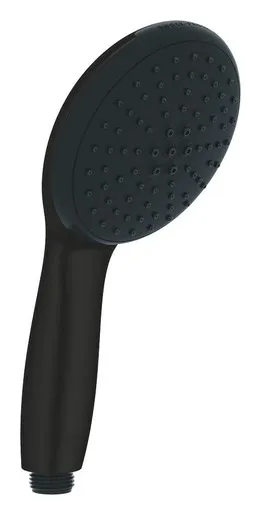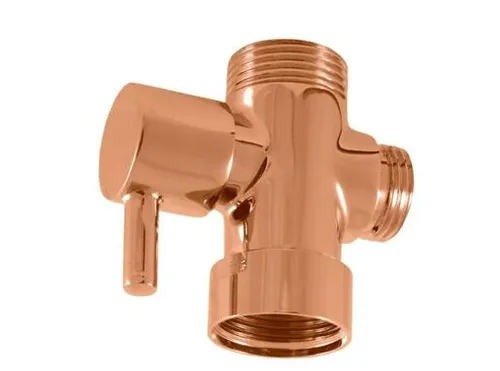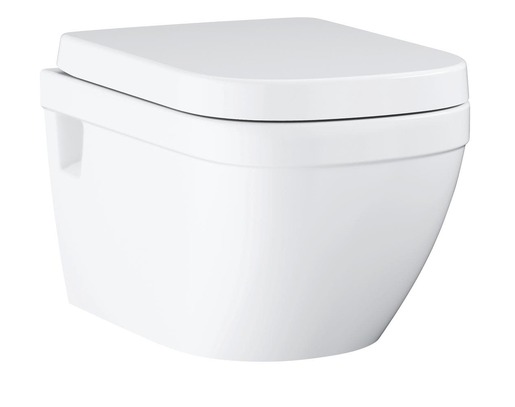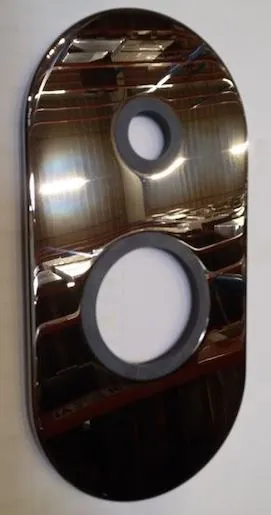Plumbing products are essential components in any residential or commercial building, designed to facilitate the distribution of water, gas, and waste management. These products cater to a wide range of users, including homeowners, contractors, and maintenance professionals. Whether you are installing a new sink, repairing a leaky faucet, or upgrading your bathroom fixtures, understanding the various plumbing products available can significantly enhance your project’s success.
When selecting plumbing products, several key factors should be considered to ensure you make the right choice. First, the material of the plumbing fixtures plays a crucial role in their durability and performance. Common materials include PVC, copper, and stainless steel, each offering unique benefits. For instance, copper is known for its longevity and resistance to corrosion, making it ideal for water supply lines. On the other hand, PVC is lightweight and easy to install, often used for drainage systems. Additionally, consider the specific features of each product, such as flow rate, pressure ratings, and compatibility with existing systems. These parameters can greatly influence the efficiency and effectiveness of your plumbing setup.
Different variations of plumbing products come with their own advantages and disadvantages. For example, while traditional faucets may offer a classic aesthetic, modern touchless faucets provide convenience and improved hygiene. However, touchless models may require more maintenance and can be more expensive. Similarly, tankless water heaters are energy-efficient and provide hot water on demand, but they may not be suitable for larger households that require a high volume of hot water simultaneously. Understanding these trade-offs can help you choose the best products for your specific needs.
To ensure the longevity and optimal performance of your plumbing products, proper maintenance and care are essential. Regularly check for leaks and signs of wear, and clean fixtures to prevent mineral buildup, which can affect water flow. For instance, aerators in faucets should be cleaned periodically to maintain water pressure and quality. Additionally, familiarize yourself with the installation instructions and follow them closely to avoid common pitfalls that can lead to costly repairs down the line.
To maximize the benefits of your plumbing products, consider how they can be integrated with other systems in your home. For example, pairing a high-efficiency toilet with a low-flow showerhead can significantly reduce water consumption, leading to lower utility bills. Furthermore, investing in quality plumbing tools, such as pipe wrenches and sealants, can make installation and repairs more manageable, ensuring that you have everything you need at your fingertips.
In conclusion, selecting the right plumbing products involves careful consideration of materials, features, and compatibility with existing systems. By understanding the advantages and disadvantages of various options, maintaining your fixtures properly, and integrating them with other home systems, you can enhance both the functionality and efficiency of your plumbing. Whether you are a DIY enthusiast or a professional, making informed choices in the plumbing category will lead to successful projects and long-lasting results.
show more text


